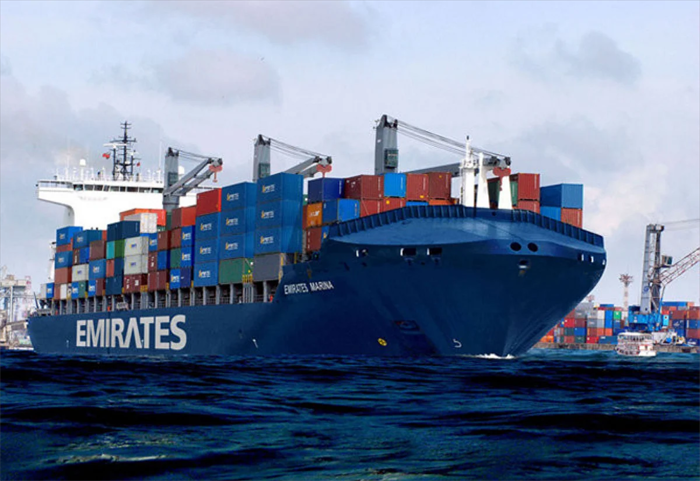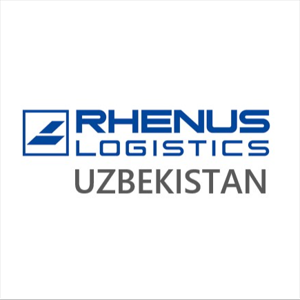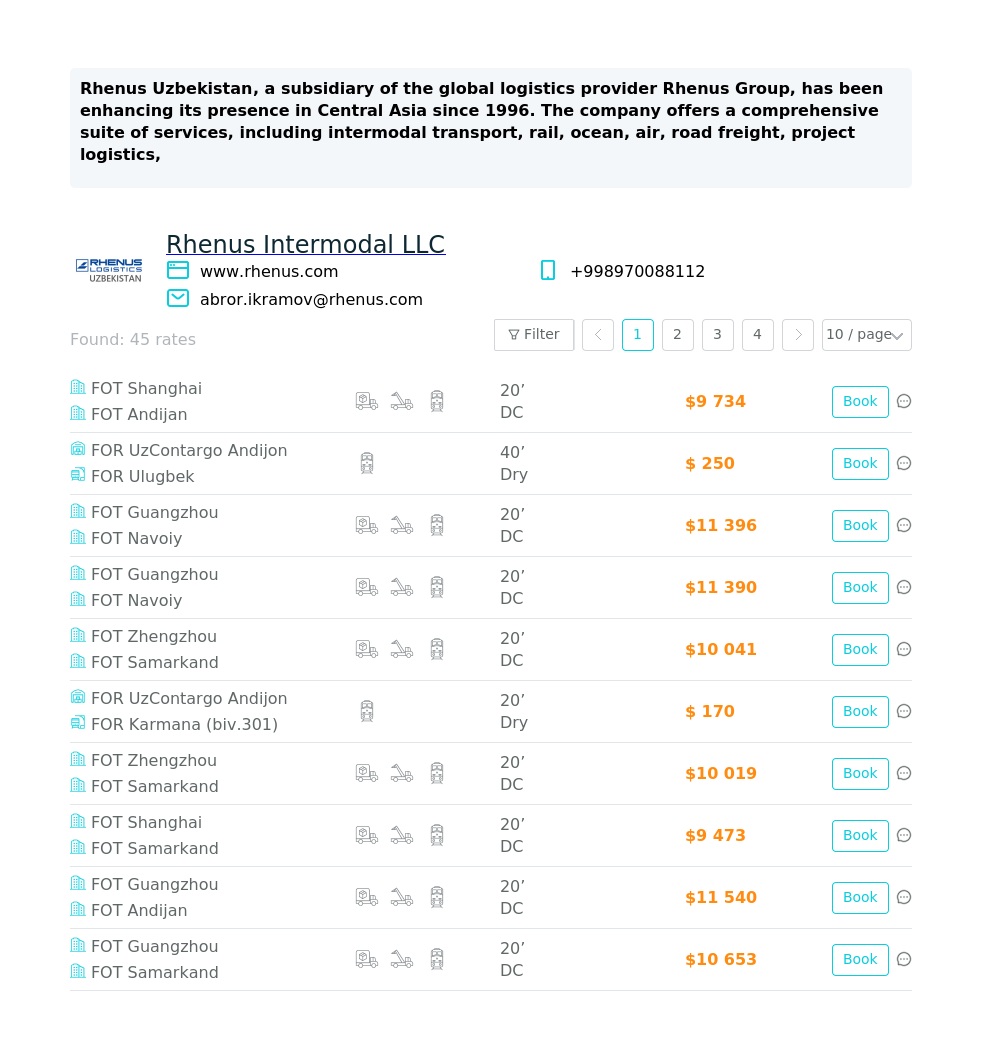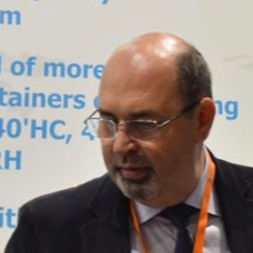U.S. President Donald Trump escalated his trade offensive on Thursday, announcing a sharp increase in tariffs on Canadian imports and hinting at sweeping duties for other global trading partners.
Starting August 1, the U.S. will impose a 35% tariff on Canadian goods, with Trump warning of further increases if Canada retaliates. In a letter released via his social media platform, Trump informed Canadian Prime Minister Mark Carney of the move, citing frustrations over trade imbalances, agricultural barriers, and drug trafficking.
Trump accused Canada of failing to curb the flow of fentanyl into the U.S. and maintaining trade practices that harm American dairy producers and other industries. He framed the trade deficit as a national security risk.
"If Canada works with me to stop the flow of fentanyl, we will, perhaps, consider an adjustment to this letter," Trump wrote.
Canadian officials pushed back, saying fentanyl flows from their country are minimal and that border enforcement has been strengthened in recent years.
Trump also revealed plans to impose blanket tariffs of 15% to 20% on most other U.S. trading partners, with few exceptions. "Not everybody has to get a letter. You know that.We're just setting our tariffs," Trump said in an interview.
The news has sparked concern in global markets, especially in Europe. "The potential escalation between the EU and the U.S. is a big deal for financial markets," said Joseph Capurso, head of international economics at the Commonwealth Bank of Australia. "If you get something similar to the U.S.-China trade war, that's going to be very destabilizing."
Analysts now watch closely for a potential response from Canada and the EU as fears grow over a broader resurgence in global trade tensions.

Global Energy Storage Group (GES) has announced the completion of the sale of its Rotterdam terminal to Tepsa, a European operator specializing in bulk liquid and gas storage. The facility, located in the Europoort area of the Port of Rotterdam, includes 212,000 cubic meters of tank storage and around 18 hectares of development land.
The sale marks a strategic move for GES, which is shifting its focus toward expanding operations in Asia. The company highlighted its terminal in Port Klang, Malaysia, as the central hub of its growth plans in the region, where demand for storage of chemicals, biofuels, and emerging energy products continues to accelerate.
"This was the right time to realise value from our Rotterdam asset," said GES CEO Peter Vucins. "Our attention is now fully on Asia, and Port Klang is at the core of that vision.
We're grateful to our Rotterdam team and customers for maintaining a safe and reliable operation throughout our tenure."
The sale also signifies GES's exit from the Dutch market, with no remaining assets in the Netherlands. Backed by investors Bluewater and White Deer, the company continues to target long-term development in fast-growing energy hubs across Asia.
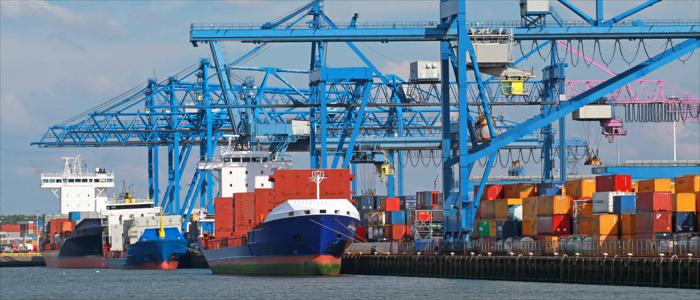
The latest China-Europe (Shanghai) freight train operated by Orient International Co., Ltd recently departed from Minhang Railway Station. This train full of Chinese new energy cars will leave the country via Alashankou Port and travel to Duisburg, Germany. The train carries 90 BYD Seagull cars with a total weight of approximately 125 tonnes and a total value of over RMB 8 million, and is expected to arrive at its destination in about two weeks. This is the first time that China Europe Freight Train (Shanghai) has operated a special train for new energy vehicles.
Rail transport between China and Europe is 40 per cent faster than sea transport, which will help China’s new energy vehicles respond more quickly to market demand in Europe and reduce logistics costs, making them more competitive in terms of price and supply chain stability.
As the world’s second largest consumer market for new energy vehicles, Europe’s demand for Chinese electric vehicles, batteries and other products is growing rapidly. The operation of the China-Europe New Energy Vehicle Freight Train opens up a new efficient and stable channel for Chinese new energy vehicles, as they can quickly reach the European hinterland by rail and seize the market opportunities.
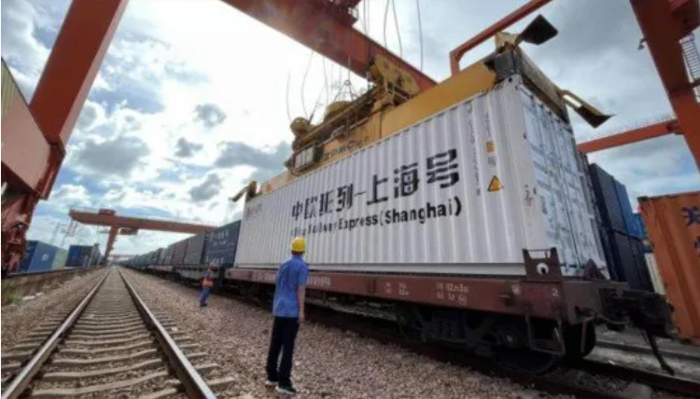
Bridgestone, the market-leading tyre brand, has officially opened its new, state-of-the-art Queensland Distribution Centre at the Port West Industrial Estate (Stage 2) in Lytton, Port of Brisbane. The purpose-built facility is designed to support the company's ongoing growth and improve logistics for its retail and wholesale network across Queensland and northern New South Wales.
Developed by Port of Brisbane Pty Ltd (PBPL) with McNab as the principal contractor, the facility spans a 5.16-hectare site and includes a 23,340 sqm warehouse, a 350 sqm dock office, 20,340 sqm of concrete hardstand, and nearly 3,800 sqm of car parking. The new centre represents a major step forward in Bridgestone's logistics strategy, offering significant efficiency improvements in wharf-to-warehouse operations.
Sustainability has been a central focus in the design and construction of the facility. It draws 100% of its operational energy from renewable sources via PBPL's embedded energy network and includes a 1MW rooftop solar system and a 1MW Battery Energy Storage System. Water-efficient fittings, shared fire services, and the use of low-carbon concrete and recycled materials in civil works further highlight the project's environmental credentials.
Construction began in August 2024 and was completed by April 2025. The new facility forms part of Port West Industrial Estate Stage 2, which spans approximately 26.8 hectares and is being progressively developed to meet industrial demand. The estate is also home to Electrolux Group and adjoins Stage 1, which houses 11 global and national businesses, including Bunnings, Steelforce, and Fisher & Paykel.

The European financing contract for Stage II of the "Modernization of the Electricity Distribution Infrastructure in the Port of Constanta" project has been officially signed. The contract was executed by Romania's Minister of Transport and Infrastructure, Sorin Mihai Grindeanu, and the General Director of the National Company Maritime Ports Administration Constanta, Mihai Teodorescu.
Stage II of the project, financed under the Transport Program 2021-2027, has a total value of over 26.4 million RON (US$6.14 million), with eligible costs of around 18.8 million RON (US$4.37 million). Half of this amount, comes from non-refundable EU funds, while the remaining share is covered by the Romanian state budget.
Key upgrades under MPA Constanta's management include the installation of a new 110/20 kV substation, modernization of 12 transformer stations, construction of 21 km of 20 kV underground lines, and a new SCADA dispatch center. E-Distribution Dobrogea will also carry out connection works, including a 110 kV station and additional underground power lines.
The initiative supports EU strategies for greener, more efficient ports and aims to improve the safety, reliability, and sustainability of Constanta's maritime infrastructure.
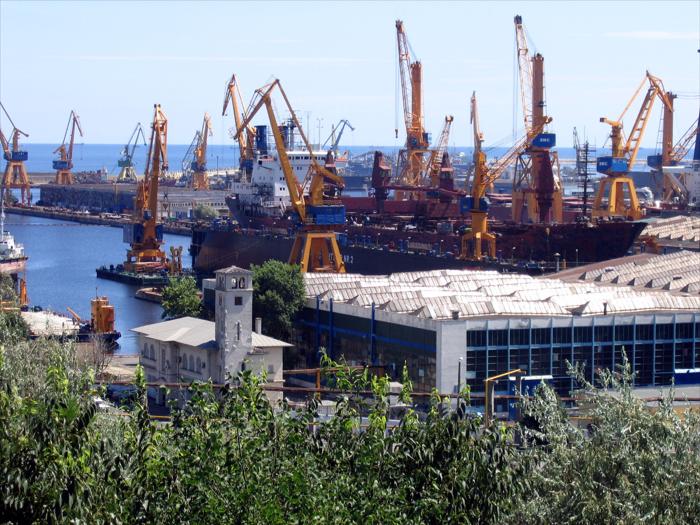
Port Houston celebrated key achievements including federal funding for the Houston Ship Channel Expansion - Project 11, strong cargo volumes, and record community grants.
Chairman Ric Campo highlighted the $161 million federal investment secured in the President's FY26 Budget to complete Project 11, along with $53 million earmarked for ship channel dredging to maintain vessel access. Campo praised bipartisan efforts behind these critical infrastructure investments.
Port Houston reported robust cargo volumes in June, despite ongoing tariff challenges.
Interest in the Port's Foreign Trade Zone 84 has surged, prompting close cooperation with U.S. Customs to support new zone users.
State Senator Carol Alvarado and Representative Mary Ann Perez were recognized for their advocacy on behalf of Texas ports during the recent legislative session.
Project 11 dredging contracts remain on schedule, with full two-way vessel traffic expected by Q3 2025.
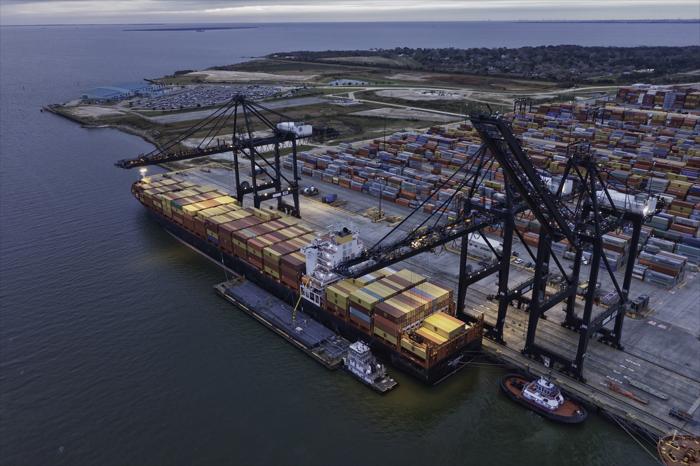
This is shown in the report “Containers Lost at Sea” by shipping organization World Shipping Council (WSC), which represents approximately 90% of container shipping companies globally.
Although this is more than double the figure for 2023, the level is significantly lower than the average for the last ten years of 1,274 containers per year.
“The overall trend remains encouraging. Despite occasional increases, long-term data continues to show a clear decline in container losses compared to previous years,” WSC says.
Last year, approximately 250 million containers were shipped by sea. This represents a loss of 0.0002%.
A large proportion of the lost containers fell overboard on the route south of Africa, which has become significantly more busy over the past two years due to unrest in the Red Sea.
In 2023, the Houthi movement reacted to Israel’s war in Gaza by threatening and attacking shipping traffic in the Red Sea. This prompted many shipping companies to send their ships on a long detour south of the Cape of Good Hope in South Africa instead of through the Red Sea and the Suez Canal.
According to WSC, the number of ships on the route has increased by 191% compared to previous years.
“Despite continued loss-prevention efforts by the industry, the re-routing of transits away from the Red Sea and around the Cape of Good Hope to keep global commerce moving has ocean carriers navigating one of the world’s most challenging routes, as highlighted in this report,” says Joe Kramek concluded.,” chief exec of WSC.
While historically few containers were lost in 2023, there were particularly high losses ten years earlier, in 2013, when 5,578 containers were lost.
Starting next year, shipping companies will be required to report container losses to the International Maritime Organization (IMO).

The Long Beach Board of Harbor Commissioners has approved an $833 million budget for fiscal year 2026, nearly half of which will go toward infrastructure projects that reinforce the port's leadership in sustainable, efficient cargo movement.
The budget will be submitted to the Long Beach City Council later this year for final approval.
Key highlights include a $405.4 million capital improvement allocation, representing 48.7% of total spending. Of this, $208.8 million is earmarked for the Pier B On-Dock Rail Support Facility, a transformative project aimed at shifting more cargo to rail, reducing truck traffic, and lowering emissions.
The Pier B project, which broke ground in July 2024, is scheduled for completion in 2032.
The budget also includes a $25.3 million transfer to the City's Tidelands Operating Fund, which supports community and environmental enhancements along the city's 7-mile coastline, such as shoreline safety, water quality, and public facilities.
Despite global trade uncertainties and a conservative 1.9% projected drop in operating revenue, the port is maintaining a strong financial position.
The 9.5% year-over-year increase in budgeted spending reflects the port's continued commitment to modernization and sustainability, including support for the Zero Emissions, Energy Resilient Operations Policy, which advances the use of zero-emissions equipment and vehicles.
The Port of Long Beach plans to invest $3.2 billion in infrastructure improvements over the next decade, supporting both growth and environmental stewardship.
Additionally, the Board approved an increase in its scholarship fund, raising the annual allocation from $350,000 to $400,000, reinforcing its commitment to education and workforce development in the region.
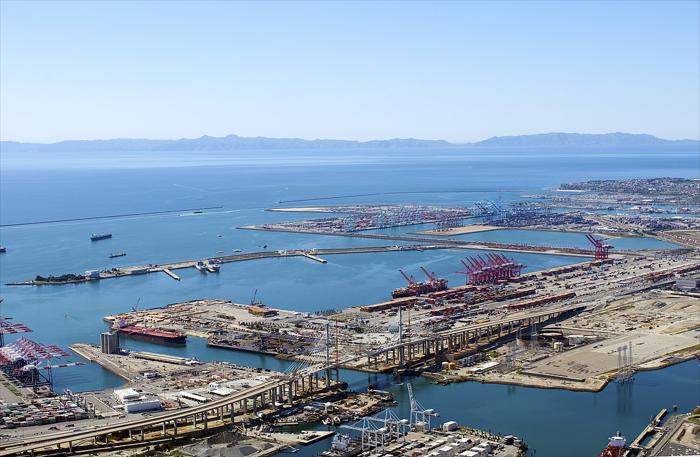
Emirates Shipping Line has announced its entry into the United States market with the launch of the Sun Chief Express service, a direct, fortnightly connection linking Seattle, WA with key Southeast Asian ports - Ho Chi Minh City and Shekou.
The service will follow the rotation: Ho Chi Minh - Shekou - Seattle - Ho Chi Minh, with the first sailing scheduled aboard the M.V. Bright, departing from Ho Chi Minh on 22 July.
This strategic addition to ESL's global network marks a significant milestone in the company's growth, following its recent expansion into Mexico.
The SCX enhances ESL's coverage of Southeast Asia while opening new trade lanes to the U.S., further reinforcing its links to the Middle East, Indian Subcontinent, and China.
In the US, ESL will leverage Seattle's strong intermodal infrastructure to offer inland connectivity to major hubs including Portland, St. Paul, Chicago, Kansas City, Columbus, and Memphis.
With its focus on efficiency, reliability, and market expansion, ESL's new SCX service strengthens its position as a competitive and agile player in global container shipping.
